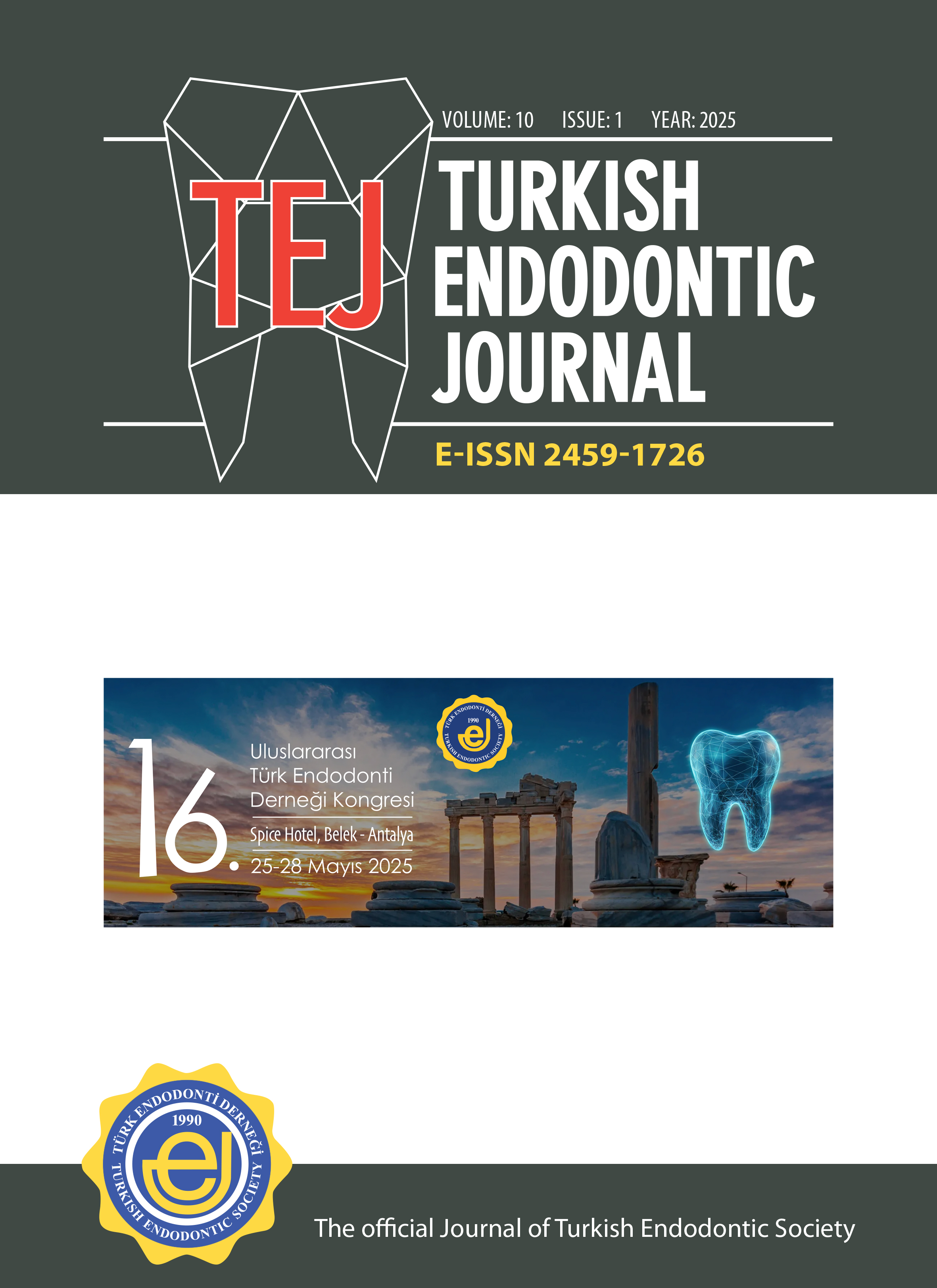Is YouTube™ a useful learning tool? An evaluation of the videos on Mineral Trioxide Aggregate (MTA) in dentistry
Ayşe Nur Kuşuçar1, Rahime Zeynep Erdem21Department of Endodontics, Afyonkarahisar Health Sciences University, Faculty of Dentistry, Afyonkarahisar, Türkiye2Department of Restorative Dentistry, Afyonkarahisar Health Sciences University, Faculty of Dentistry, Afyonkarahisar, Türkiye
Purpose: YouTube may contain some false information and using it as a learning tool may lead to patients and students learning incomplete or incorrect information. Our aim was to analyse the content, quality, uploaders and demographic characteristics of YouTube videos with MTA content.
Methods: A Google search was performed by using the keywords ‘MTA in dentistry’ to find the videos on YouTube. A total of 408 videos were available. After exclusion criterias, 47 videos that met the inclusion criteria were analyzed. The demographic characteristics of the videos were recorded and the contents of the videos were determined. The videos were divided into 3 groups according to uploaders. The Global Quality Score (GQS; score range, 0-5) was used to evaluate the video quality and to classify high and low quality videos. Shapiro-Wilk test, Pearson Chi-square independence test, Mann-Whitney U test and Kruskal-Wallis test were used for statistical analysis.
Results: Although not statistically significant, the number of views was higher for high-quality videos (p = 0.074). A statistical difference (p < 0.000) was observed between the demonstration and no demonstration groups in the GQS scores. Videos with demonstration had a higher number of views (p = 0.029). Videos in the non-dentist group had a higher number of views (p = 0.017) and likes (p = 0.040).
Conclusion: It was concluded that the videos had a low average GQS score and low quality. Therefore, YouTube videos should be evaluated by dentists for reliable and high quality educational data.
Manuscript Language: English


















